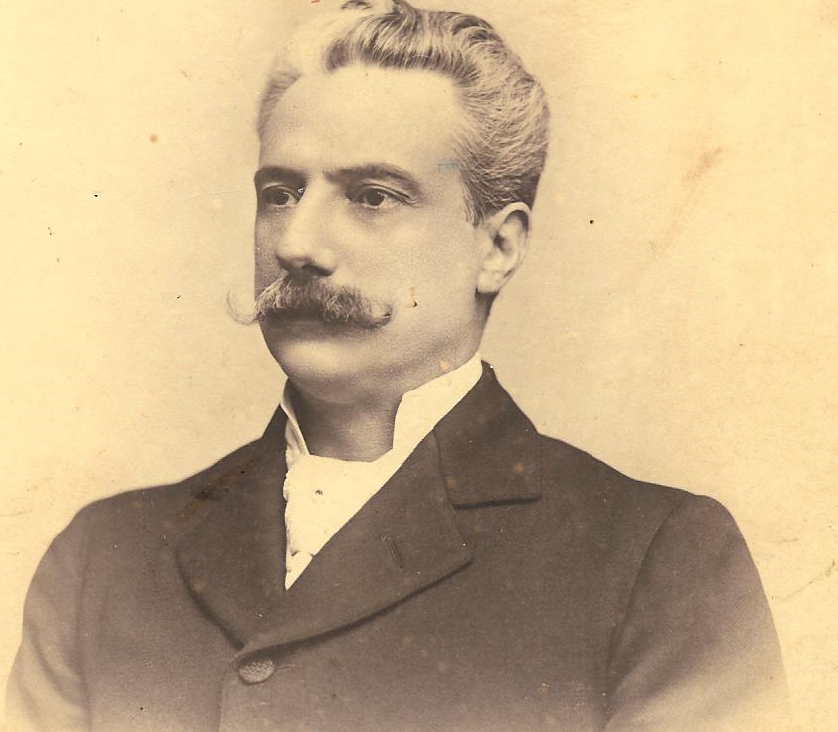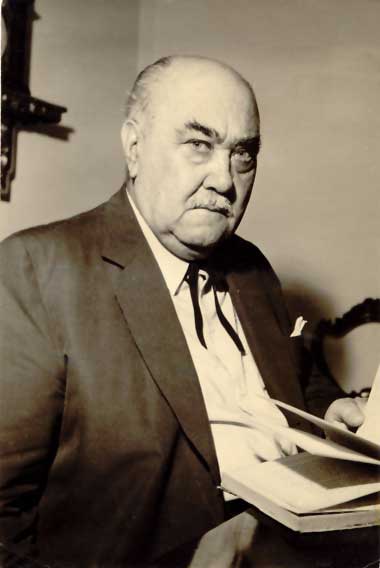Contenido principal
History

By 1864 the camp establishments outside the Rio Salado, in the present Districts of Junín, LN Alem and Lincoln, had considerably exceeded the line of borders established to prevent the attack of the indians and the founding of new forts " forward" became essential.
A distant event but of worldwide significance determined the denomination of the town whose foundation was necessary to materialize. On April 14, 1865, the 16th President of the United States, Abraham Lincoln, was assassinated. Thus, in an extraordinary session of the Chamber of Deputies of the Province of Buenos Aires it was established that the first town to be founded afterwards in the province would be called Lincoln.
In December of the same year it was decided to carry forward the foundation and was stated to create the town of Lincoln in the party of the same name.
At the end of 1873, the surveyor Telémaco González was in charge of carrying out the delineation and demarcation. It is taken as the founding date of the city of Lincoln the 19 of July of 1865, when the the Executive Power passed the Act. On January 1, 1908 Lincoln was declared a city.
Its Catholic Church (Immaculate Conception) was founded on July 21, 1896 by the archbishop of La Plata and his first Parish Priest was Fr Francisco Couto Neiro. The most emblematic school of this city is the Mixed Teaching School "Abraham Lincoln" on public education, created in 1910.
There is also a home school, Escuela Hogar Virgen Niña, founded on March 22, 1922. Its hospital, which was established in 1924, is currently considered of medium complexity (due to its apparatology). Its main library, Domingo F. Sarmiento, dates from the 22 of April of 1889. It also has children's room and is qualified for the teaching of Braille.
First Authorities
Since Lincoln did not have its own authorities, it had to be attached to Bragado District by Executive Order of 16 of January of 1866. The Justices of the Peace of Junin claimed that Lincoln had more links to Junin than to Bragado so Lincoln was assigned to Junin District until August 20, 1872, when Lincoln achieved autonomy and Don Liborio Tiseyra was appointed the first Justice of the Peace,.
Eleven days later, the first Municipal Commission was appointed by Federico Walkelmi, Telemaco B. Coffin, Francisco Sosa and Francisco Novo.
These authorities used their best efforts to make the founding of the main city of the district possible and they would later have the satisfaction of seeing it outlined by Telemaco Gonzalez in 1874. In the last decade of the century Lincoln reached 10,116 inhabitants, more than Junín.
Given that amount, Lincoln was among the districts that had to choose a municipality. The new constitution of the province, promulgated on the 22 of October, 1889 established that all public power should come out from the people, therefore the first elective municipality of Lincoln was constituted on the 13 of January of 1891, integrated as follows:
Mayor: Andrés Sein. President of the Council: Manuel Gallardo. Secretary of the Council: Antonio Farelo. Secretary of the Mayor: Celestino Roques.
As of January 1, 1908, Lincoln was declared a city.
Arturo Constancio Massey

Born in the province of Buenos Aires, he was one of the most determined contributors of the town of Lincoln. Civil servant and politician, he served in the Justice of the Peace and the Presidency of the local Municipality in 1884. The following year he was member of the commission in charge of building the Municipal Palace.
He was head of the National Guard, a position he held from 1890 to 1892, leaving deep traces of his passage through initiatives, measures and government works that reveal his spirit interested in the progress of institutions and people.
He was elected provincial deputy during the periods from 1888 to 1890 and 1890 to 1893; From the columns of "La Nación" newspaper in Buenos Aires, he denounced the revolutionaries of that last year had stolen the public money in the branch of the Bank of the Province and also the Lincoln Municipal Fund as well as all the lootings that took place in private homes, although he clarified that these facts had not been perpetrated by neighbors of the town.
Then, Don Arturo Massey was elected Provincial Senator by the same district from 1892 to 1894, from 1894 to 1896 and from 1896 to 1898.
He participated in the commission in charge of the construction of Lincoln Church
His important political action and high merits also enabled him to be a candidate for Governor of the Province of Buenos Aires during his term as National Deputy (1898 to 1902).
He died in Buenos Aires, on December 21, 1900.
Arturo Jauretche

It is worth mentioning that he was born in Lincoln on 11/11/1901, being the eldest of his nine brothers.
The notable writer, essayist and Argentine politician Don Arturo Jauretche, who describes his childhood in Lincoln and narrates part of the history of our daily life in his book " Short Pants ". He made us know "The Cautivo Laurens” who was captured by the last indian raid in the area and rescued by his family in Chile, thanks to the Argentine Consulate in that country.
In his youth he participated in the Conservative party to later enroll in the ranks Yrigoyen´s lists. He was inspiring and soul of the movement called "Forge". With the emergence of Peronism he joined the newborn "Justicialist" movement. From 1944 to 1951 he was President of the Banco Provincia de Buenos Aires. When the revolution of 1955 occurred, he returned to the political struggle "in defense of the 10 years of popular government."
He was specialist in social, political and economic issues. Among the books he wrote is "Manual zonceras argentinas", where he describes the fools, tilingos and cipayos.
He died on May 25, 1974, at the age of 73.
Enrique Alejandro Urcola
Don Enrique was born in Lincoln in 1908. He worked as a wall painter with his father. At the age of 18 he studied drawing in Buenos Aires. He began his studies of Fine Arts in the School of Decorative Art of the Nation. In 1932 he graduated as National Professor of Drawing.
He worked for several years as a Stage Designer at Colon Theater, but decided to return to his hometown to offer everything he had learned there.
He was professor of drawing in the Teaching School "Abraham Lincoln"; He was an advertising draftsman, plastic artist; craftsman although his greatest educational work was his free teaching of drawing and painting in the Athenaeum.
When he worked as a Stage Designer at Colon Theater, he learned the Italian technique of "Cartapesta" (strips of newspaper coated in flour glue). Through this technique, the first steps of Lincoln Craft Carnival (1928) were taken, making the first floats of this district- At that time Francisco Gangoiti also became popular as the ideologist of the Big-Headed figures. Later the floats would have its first movements.
All the carts and float makers were motivated by Urcola and Gangoiti. That was the beginning of a period of constant growth.
